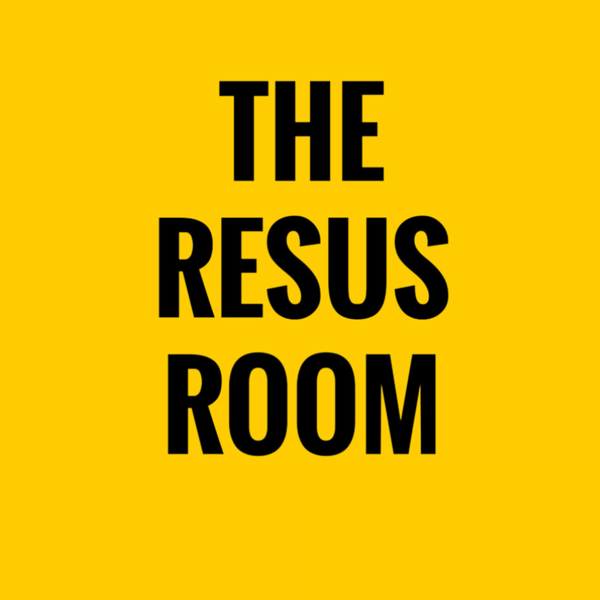Stroke Management; Roadside to Resus
The Resus Room
Simon Laing
4.8 • 678 Ratings
🗓️ 15 August 2019
⏱️ 56 minutes
🧾️ Download transcript
Summary
Following on from our previous Roadside to Resus episode on Stroke, in this episode we look at the rapidly evolving area of stroke management.
In the last 2 decades stroke management has progressed beyond recognition and keeping up with the evidence and available therapies is a significant challenge. We cover the following treatments, looking at the risks and benefits of each, with the goal of being able to offer our patients the best possible outcomes;
- Aspirin
- Thrombolysis; both prehospitally and in hospital
- Thrombectomy
- Decompressive Hemicraniectomy
- Normoxia
- Euglycaemia
- Acute blood pressure management
As always we’d love to hear any thoughts or comments you have on the website and via twitter.
Enjoy!
References
Transcript
Click on a timestamp to play from that location
| 0:00.0 | Welcome to the Recess Room podcast. |
| 0:03.2 | Five, four, three, two, one, fire. |
| 0:11.3 | So hi, and welcome back to the Reeser Room podcast. |
| 0:15.0 | I'm Simon Lang. |
| 0:16.4 | I'm Rob Penwick. |
| 0:17.4 | And I'm still James Yates. |
| 0:18.7 | And we're back with the second half of stroke. And this |
| 0:22.8 | time the really important part and sometimes difficult to get your head around part of stroke |
| 0:29.0 | management. Yes indeed. So we've gone over how we're actually going to identify that on the previous |
| 0:33.3 | podcast. So identify these patients who are at risk or potentially having a stroke or TIA. |
| 0:38.4 | And now it's on to the bit that really matters, I guess, is what are we actually going to do |
| 0:42.5 | for them. |
| 0:43.3 | So before we get into it, a big thanks to our partners, S.J. Trem, the Scandinavian Journal of |
| 0:47.9 | Trauma, Resuscitation and Emergency Medicine. |
| 0:50.9 | They are a free, open access, online journal that cover all the sorts of articles that we |
| 0:56.0 | cover here in the podcast. So go over and have a look on the hyperlink on our website to the |
| 1:01.2 | fantastic articles that they're publishing. So without further ado, let's get on with the podcast. |
| 1:09.1 | So just to recap, our previous podcast we talked about identification of stroke and the fact that a really good history and examination and set of investigations is going to get us to a point where hopefully we've dismissed the differentials of these stroke mimics and we've got to a point of being convinced that the patient in front of us has got a stroke. |
| 1:32.3 | But there is that unnerving fact that we don't have a test that's necessarily going to confirm that fact 100%. |
| 1:40.7 | Now, the really exciting thing about stroke management is that it has really evolved over the last few decades. |
| 1:48.5 | And it isn't much of a stretch of the imagination to remember back in the day when those patients that presented with a stroke were essentially put on to a ward, had some imaging, had a confirmed stroke a few days down the line, and then started |
| 2:02.5 | to get their aspirin and started to get their rehab. But delighted to say that the management |
... |
Please login to see the full transcript.
Disclaimer: The podcast and artwork embedded on this page are from Simon Laing, and are the property of its owner and not affiliated with or endorsed by Tapesearch.
Generated transcripts are the property of Simon Laing and are distributed freely under the Fair Use doctrine. Transcripts generated by Tapesearch are not guaranteed to be accurate.
Copyright © Tapesearch 2025.

